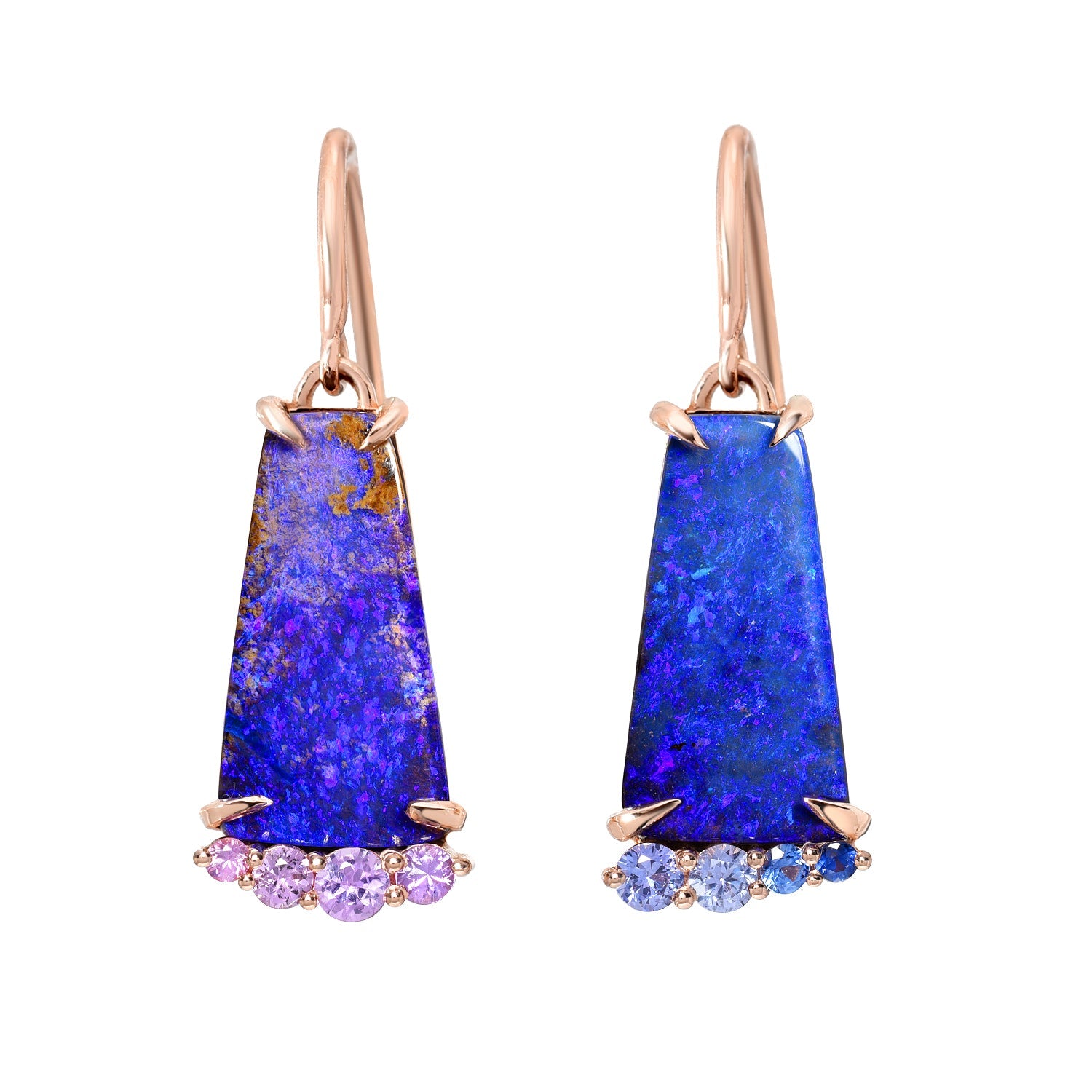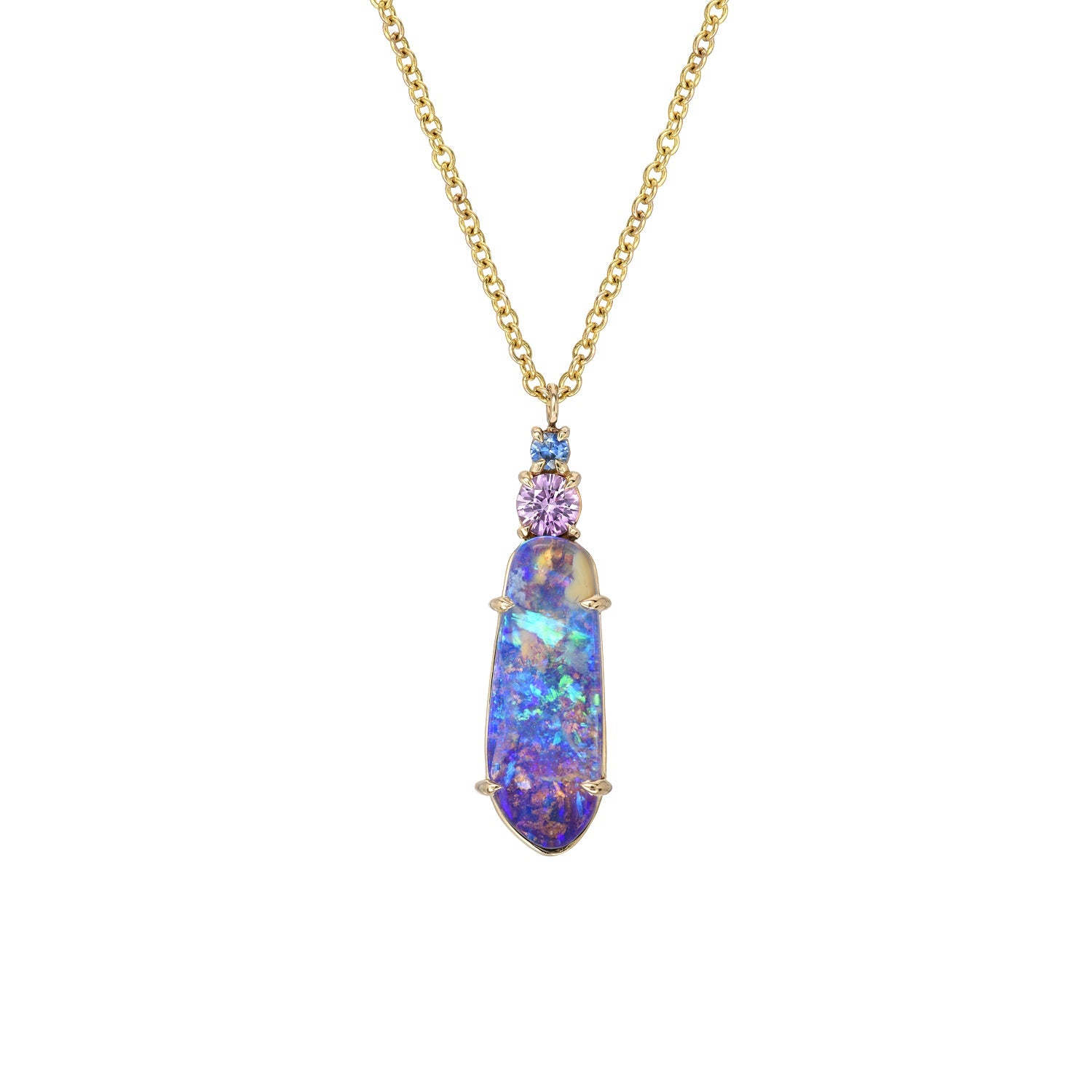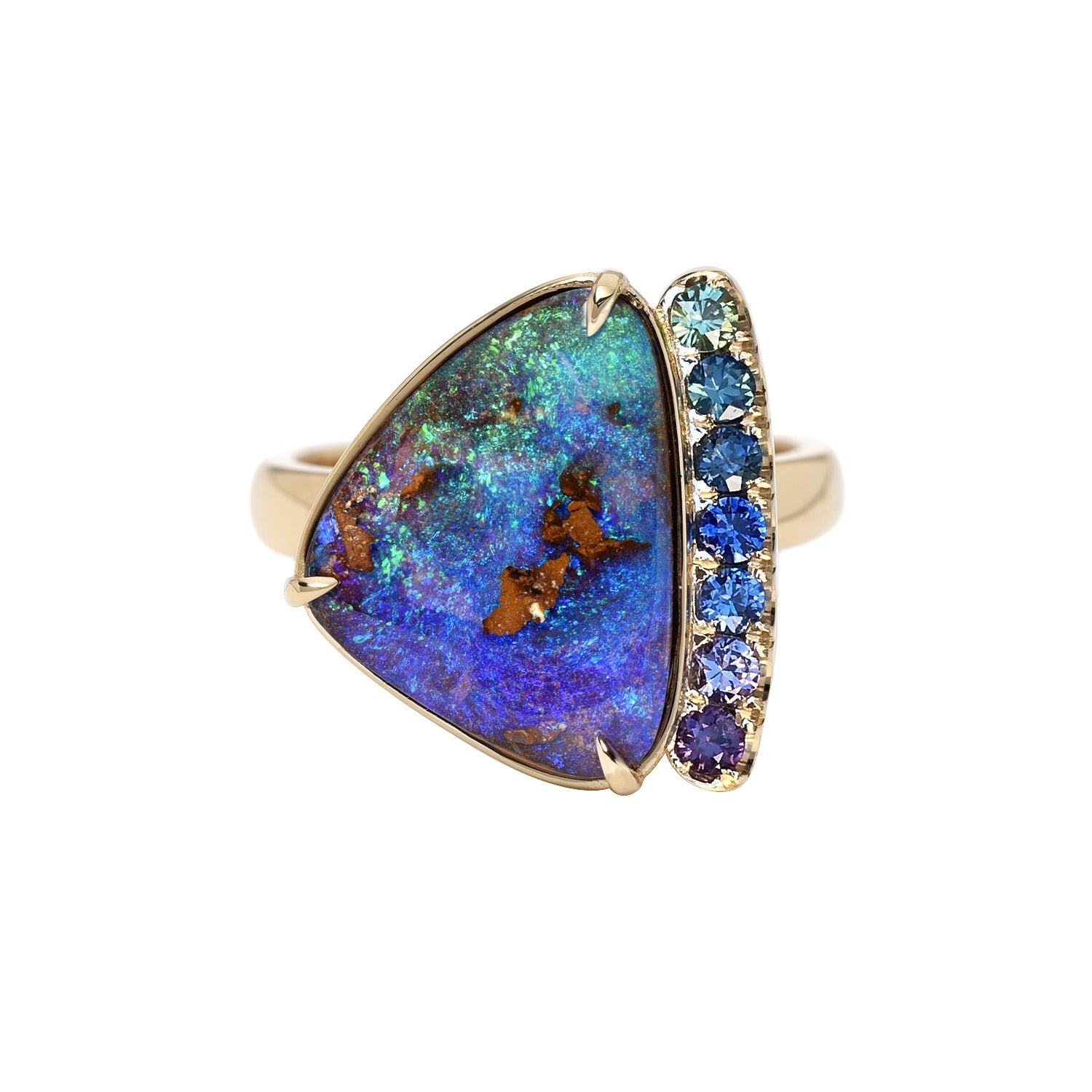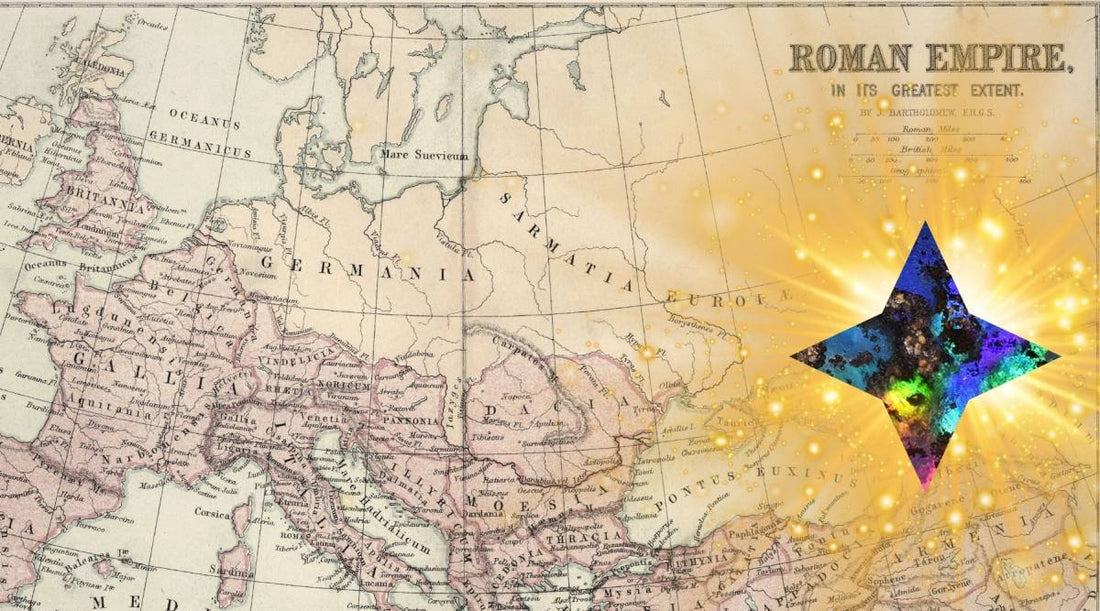
Opals throughout history
luis gomezShare
The history of Opals is shrouded in both fact and fiction — in science and mysticism. It is part of this magnificent gemstone’s dynamic appeal. Throughout history, different origins have been attributed to the “Queen of Gems.” Ancient prophets and kings believed Opals were gifts from the gods that had fallen from heaven like shooting stars, and that with them, they could command the blessings of deities. This is just one of the many origin stories ascribed to this precious stone. In this article, we’re going to delve into the history of Opals. We’ll touch upon some of the myths and odd trivia surrounding Opals, but we’ll also share Opal facts revealed throughout time.
The Lore of Opals
Throughout history, revered men and women, poets, writers, politicians, and philosophers have compared opals to volcanos, stars, galaxies, and fireworks — mystical and beautiful phenomena. They have been enamored with the mesmerizing power of the flashing stone.
“Having a refulgent fire of the carbuncle (ruby or garnet), the glorious purple of amethyst, the sea green of emerald, and all those colors glittering together mixed in an incredible way.”
- Written in the first century A.D., in Pliny the Elder’s Natural History of the World.

Pliny the Elder
Nonetheless, the true story of Opals dates back to a small cave in Kenya — back to about 4000 B.C.. In this tiny swath of land, the natives had long ago discovered Opals, and archeological evidence indicates they used them not only for adornment purposes but also as tools. Additionally, they may have incorporated the gemstone into their religious rituals and used it as an amulet of protection. It was none other than Louis Leakey, the famous anthropologist, who, during one of his many adventures, uncovered the earliest known Opal artifacts in this African enclave. It was a finding of significant historical value.
Opals were approached in the same way as many other gemstones and precious metals; they were prospected, mined, processed, and cut, allowing them to slowly form into various decorative shapes. Like diamonds, sapphires, emeralds, and pearls, they quickly became symbols of wealth.
But, why were they so popular? What made them stand out above those other esteemed gemstones? Why was Opal so coveted when compared to diamonds?
Supply, demand, and barbarism
For a time, before the 15th century, Opals were so highly desired that men often went unthinkable lengths to obtain them. Opals were credited with magical qualities, considered to be amulets that - according to folklore - had limitless capabilities. They could heal wounds that might have otherwise killed a man. They could ward off evil spirits, and on a battlefield served as a forcefield against the enemy’s strike. Opal’s were said to lessen inhibitions, promote spontaneity, drive a person into fevered lust. Opals could, according to the Greeks, bestow a person with the powers of foresight.
This set of belief systems made Opals incredibly valuable.
But why?
Remember, back in those days, Australia (yet to become known as such) was barely a blip on the map. Opals were only found and mined in one place in the world — near the Balkans, in far-away outskirts of the Middle-East where, in due time, the Roman Empire would come to appropriate mining operations. Back then, the Mediterranean basin was a hub of cultures. Around that region you had the Roman, the Greek, the Egyptian, the Persian, the Mesopotamian Empires — and tiny little spots of urban civilization that weren’t quite empires, but were civilized enough to live in. Anywhere outside those parameters amounted to foreign and barbaric. That’s where Opals were mined and extracted — in those “savage” outposts. You had to gamble your life for an Opal — procuring one was not only about the gemstone’s beauty but also about its journey and what sacrifices were made to obtain it.
In Ancient Rome, savvy pre-Christian PR madmen took advantage of those wild tales amassed in the hunt for Opal. They created the first real market for Opal, a place where the rich, the decadent, and the most powerful in the empire could delight in rubbing elbows with ruffians, splurge with their income, and feed their passion for the gemstone. Stories of hair-raising adventures regarding each stone’s acquisition circulated, and as they did, it was commonplace for each telling to inflate, brimming with tales of hyperbole and wonder. Each Opal had a pedigree, and its value was tied not only to its tangible characteristics but also to its outlandish, cinematic-worthy, history.
And Romans loved it; flaunting stones and trading tales — displaying a stone whose color changed with every shift of the light, one that was more exotic than pearls and offered a far more colorful story than diamonds ever could.
Cut-throat tales
As the charm of Opals spread, so did the tales, and with it the need for powerful men to indulge in their lust for the gemstone. One story tells of how Mark Antony, a deeply impassioned consumer of Opals, began to covet one in particular. The one in question was owned by Roman Senator Nonius. Anthony tried to buy it, pleaded with Nonius — he did everything within his power to acquire it. The almond-sized stone was reputed to be worth 2,000,000 sesterces (US $80,000) — Mark Anthony had offered Nonius triple that amount. It became apparent that Nonius would not surrender the stone. Nonius knew his lack of compliance with Antony’s wishes would not go unpunished, so he fled Rome in exile, leaving behind all of his worldly belongings, his family included…all except for his beloved Opal.
But why was Mark Antony so enamored of Opals?
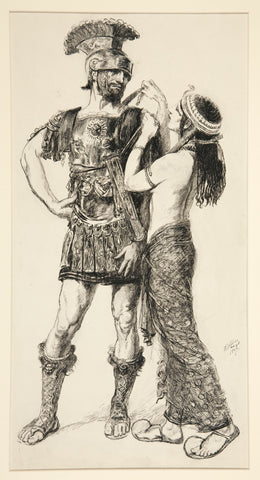
As we’ve already covered, Opals were revered for their magnificence above all other gems. But there was another reason Mark Antony prized them. Because he was driven insane with lust, hunger, and love for the Egyptian Queen Cleopatra, and she had a legendary fascination with Opals. To her, they were fetish objects that sparked a burning desire. It was said that Mark Antony fell in love with Cleopatra after she invited him to a special dinner where she decorated a room with lights and herself in - you guessed it - Opals. We imagine the combined effect of the evening looking something like this:
Epiphany Australian Opal Necklace
That evening has been cited as the beginning of their romance, and Mark Antony naturally associated Opals with his love from that day forward.
The Burning of Troy and Napoleon — For part two of this bewildering escapade click on the following link, as we delve into the story of Opals during the Aztec revolt, the French Revolution, and the Black Plague.
Though risking exile seems a bit extreme for any gem, we can absolutely relate to coveting a stone — particularly one as captivating as Opal. If you’re ready to get lost in a world of enchanting color, come see what we’ve dreamt up with this unparalleled gemstone of the ages. We invite you to become a NIXIN Insider.


